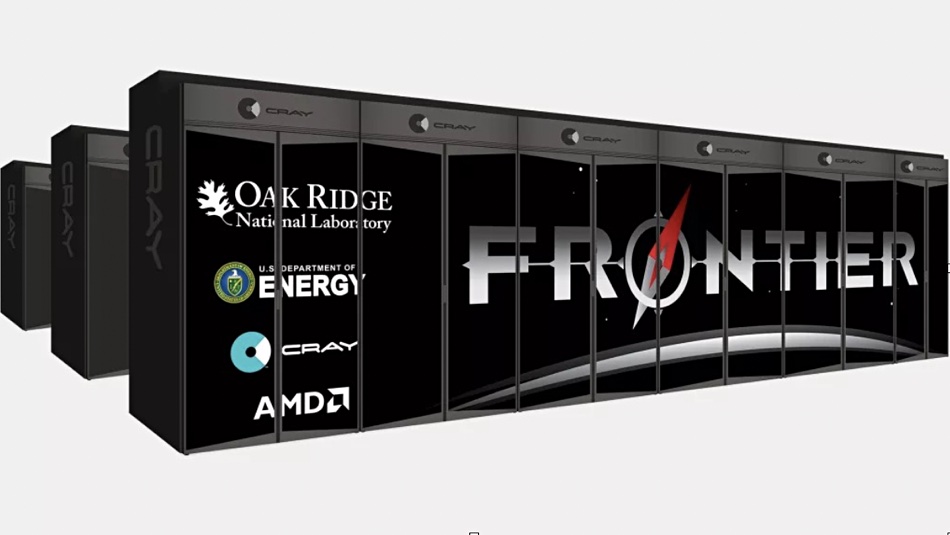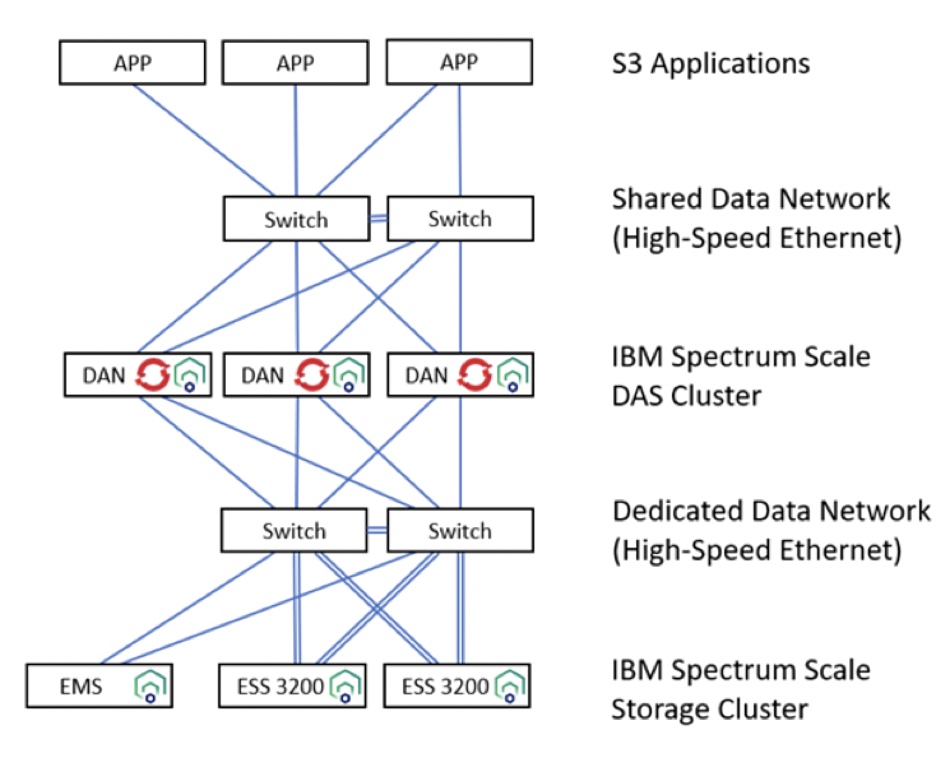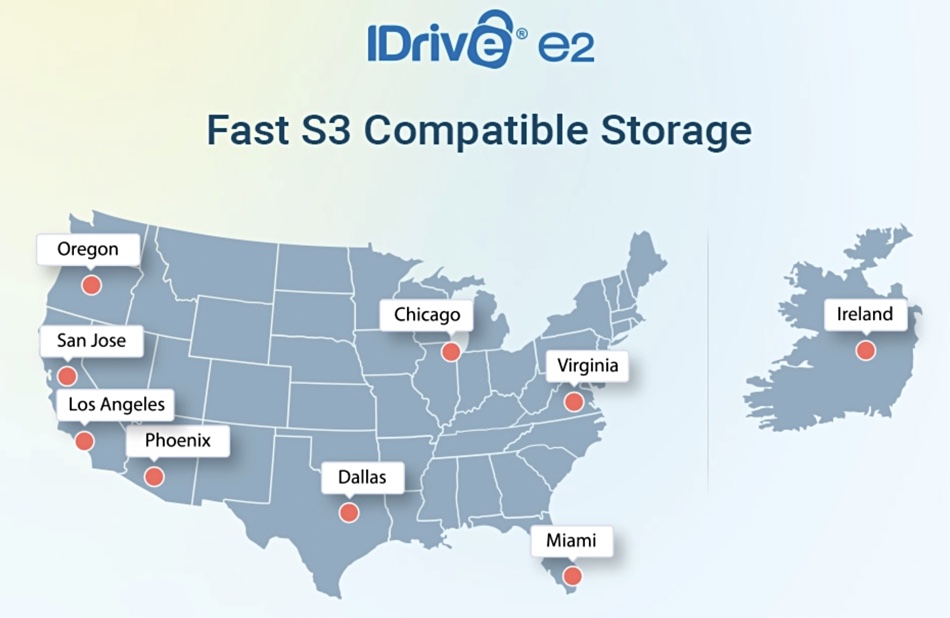HPC storage supplier Panasas has announced a new global strategy with added benefits and incentives to grow sales reach through channel and alliance partners. New features include a partner portal hub with marketing collaboration tools, learning pathways, and a library of resources, partner marketing and demand generation support, and deal registration. Panasas is showing at ISC High Performance in Hamburg, Germany, over May 29-June 2, booth #E507.
…
Data protector Asigra has announced a Tiger’s Den Channel Program with significant updates to tiered discounting, new product marketing materials, enhanced partner services and support, as well as a new engagement package for value-added distributors (VADs) designed to increase global product availability. Asigra’s Tigris Data Protection platform prevents ransomware 2.0 and other advanced forms of malicious malware from accessing and affecting backup data. The platform includes the industry’s first zero-day Attack-Loop preventative technology using bi-directional malware detection, zero-day exploit protection, variable repository naming, and Deep MFA (multi-factor authentication) for a defensive suite against ransomware variants and other cyber-attacks on backup data.
…
DDN has released EXAScaler 6.1 of its parallel file system, billed as delivering optimized AI integration and data security. Its Hot Pools and Hot Nodes features, both enabling flash performance for applications, can be combined with DDN’s end-to-end encryption. DDN updated its A3I AI400X2 systems and customers can now deploy up 900 disk drives and 16 petabytes of data in a single rack. DDN has a presence at ISC 2022.
…

HPE’s exascale Frontier supercomputer has an overall Orion file storage system, a multi-tier ClusterStor E1000 storage system, and an in-system SSD storage setup with local SSDs connected to compute nodes by PCIe 4. There is more than 700PB of Cray ClusterStor E1000 capacity, peak write speeds of >35 TB/sec, peak read speeds of >75 TB/sec, and >15 billion random read IOPS. Orion uses Lustre and ZFS software, and is possibly the largest and fastest single Posix namespace in the world. There are three Orion tiers: a 480 x NVMe flash drive metadata tier; a 5,400 x NVMe SSD performance tier with 11.5PB of capacity; and 47,700 x HDD capacity tier with 679PB of capacity. There are 40 Lustre metadata server nodes and 450 Lustre object storage service (OSS) nodes. One OSS node has one performance-optimized object storage device (OST) and two capacity-optimized OSTs. There are also 160 Orion nodes used for routing.
…
The containerized version of IBM Spectrum Scale includes IBM Spectrum Scale Data Access Services (DAS), which supports the S3 access protocol. This enables clients to access data stored in IBM Spectrum Scale file systems as objects. Spectrum Scale DAS requires a dedicated Red Hat OpenShift cluster that runs only Spectrum Scale CNSA and Spectrum Scale DAS. S3 applications run on colocated, separate servers using any operating system or Kubernetes platform. The Spectrum Scale container native cluster imports (remotely mounts) one Spectrum Scale file system, which is provided by a colocated Spectrum Scale storage cluster. More info is contained in this blog and the docs can be found here.

With IBM’s ESS3500 Spectrum Scale Server, NFS/SMB Services can now run in the box itself as container workload. For larger NAS workloads, the classic way of running protocol nodes is still valid.
…
Cloud storage provider IDrive e2 has added a new edge location in Ireland, bringing fast object storage to EU customers. Launched last month, IDrive e2 is taking aim at Backblaze and Wasabi with no fees for ingress/egress, fast speeds, and pricing starting at $0.004/GB/month. Data can be accessed via the IDrive e2 web console or a third-party tool such as MSP360, Veeam, Cyberduck, Cloudflare, Fastly, iconik, Arq, QNAP, Synology, Arcserve, Duplicati, WinSCP, and S3 Browser.

…
Datacenter software supplier Liqid is demonstrating its Matrix composable disaggregated infrastructure (CDI) software at ISC High Performance 2022 (booth #B211) in Hamburg.
…
Nvidia says HPC systems are using its BlueField-2 DPUs to increase overall system power and offload compute nodes, and identifies Los Alamos Nuclear Labs and TACC as examples. Another is Ohio State University, where researchers offloaded parts of the message passing interface (MPI) and accelerated P3DFFT, a library used in many large-scale HPC simulations. The resulting programming models run up to 26 percent faster. A consortium called the Unified Communication Framework is enabling heterogeneous computing for HPC apps and members include Arm, IBM, Nvidia, US national labs and universities. It is helping to define OpenSNAPI, a general application interface for DPUs.
…
Rambus has announced the successful completion of the acquisition of Hardent. Hardent’s employees will provide skills and building blocks for the Rambus CXL Memory Initiative products.
…
Redgate Software announced updates to its SQL Data Catalog with maintenance advantages so users can reduce the amount of time spent on data classification and protection. It includes customization based on regulatory requirements and automated capabilities to better streamline data management processes. Redgate says its product can help ensure sensitive, personal data is protected before databases are made available for use in development, testing, and more.








